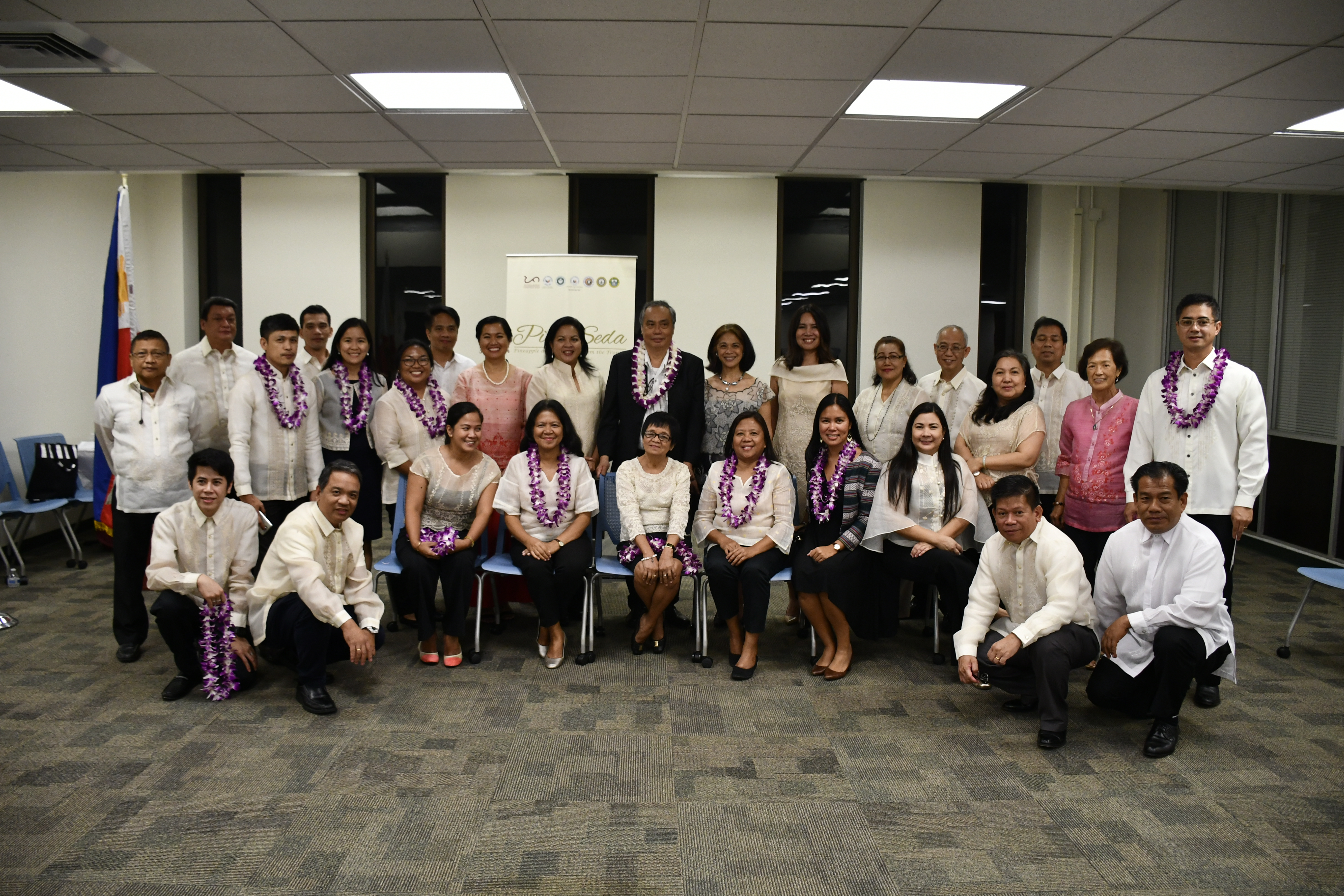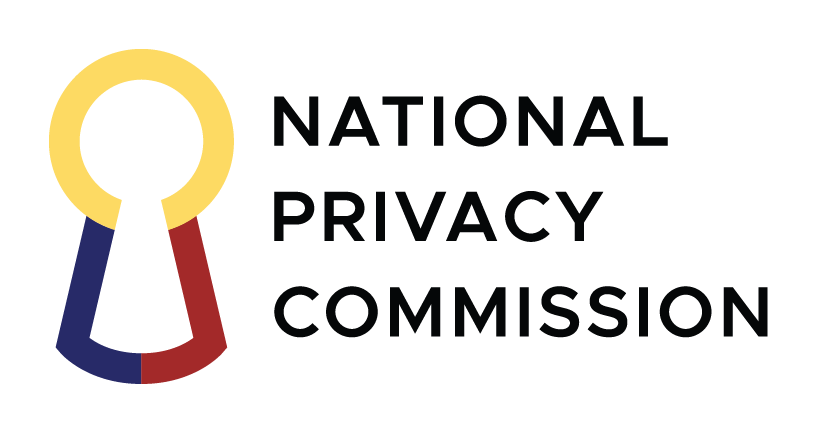PRESS RELEASE - 82-2018
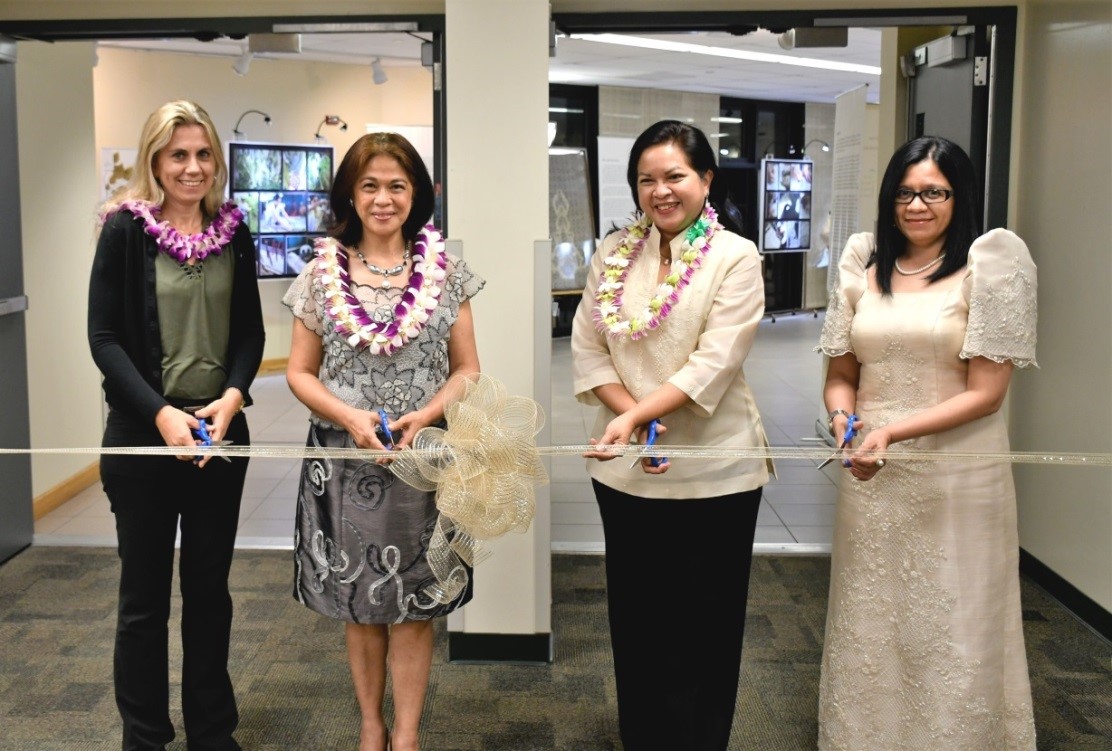
From Left to Right: UH Interim Associate Librarian Vickery Lebbin, Madame Araceli C. Jimeno, Assistant Director of the National Museum of the Philippines Dr. Ana Maria Theresa P. Labrador and UH Center for Philippine Studies Director Dr. Pia Arboleda
18 September 2018, Honolulu, Hawaii – The Piña-Seda: Hibla ng Lahing Filipino Traveling Exhibition opened at the Bridge Gallery of the Hamilton Library, University of Hawaii (UH) at Manoa on 17 September 2018. The exhibit, which features the piña-seda cloth from which the Barong Tagalog and other Filipino attire are fashioned, is a joint project of Senator Loren Legarda, the National Museum of the Philippines, the Philippine Consulate General in Honolulu, and the UH-Manoa.
The University of Hawaii is the largest university in the Pacific islands. During the opening reception, UH Vice Chancellor Michael Bruno said that the Center for Philippine Studies at UH-Manoa was established through an Act of the Hawaii State Legislature in 1975 to recognize the contributions of Filipinos in Hawaii. He added that Philippine studies and languages are among the most popular courses at the university, with around 4,000 enrolled students.
UH Philippine Studies Librarian Elena Clariza, who overseas one of the largest Philippine Collections in the United States, requested Senator Loren Legarda to bring this exhibition to Hawaii during an official visit to the Philippines. Plans were subsequently made for a Honolulu leg of the Piña-Seda Traveling Exhibition.
In his opening message, Philippine Consul General Joselito A. Jimeno thanked Senator Legarda and the National Museum for bringing a “living exhibit” with weavers from Kalibo, Aklan and embroiderers from Lumban, Laguna to demonstrate their craft and conduct workshops. The Consul General noted that the pineapple, the source of the piña cloth, is a plant ubiquitous to the Philippines and Hawaii, and is tied to the history and economy of both lands.
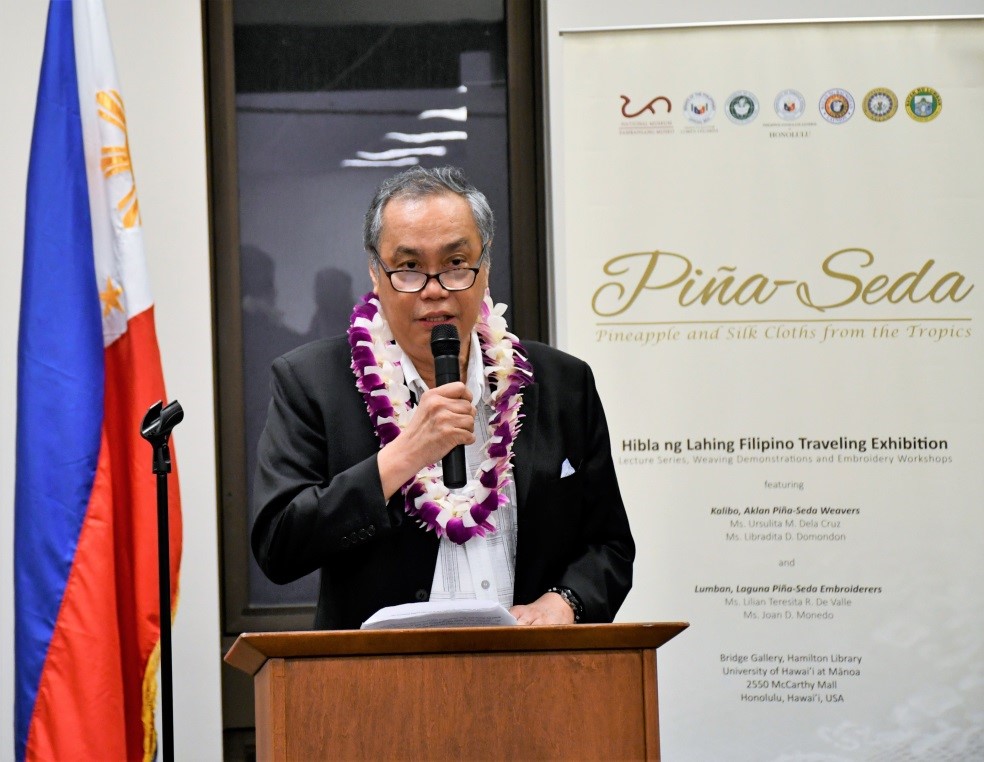
Consul General Joselito A. Jimeno delivers his message at the opening of the Piña-Seda: Hibla ng lahing Filipino Traveling Exhibition
Dr. Ana Maria Theresa P. Labrador, Assistant Director of the National Museum of the Philippines, explained that the piña-seda is unique to the Philippines and is a cultural symbol Filipinos can be proud of. She said that the travelling exhibit, which aims to introduce and promote the piña-seda, has toured several cities in Europe and the United States including London, Madrid, Lisbon, Washington DC, and New York since its launch in 2017.
Dr. Labrador also read the message of Senator Legarda. Known as an advocate of nationalism and culture, the Senator expressed pride that the Hibla ng Filipino Textile Gallery, which was born in 2012 in two rooms at the National Museum, has gone international. The Senator noted that traditional textiles provide Filipinos an opportunity to discover their heritage and show the world the indigenous artistry of Filipinos.
After the cutting of the ribbon by Madame Araceli C. Jimeno, Dr. Labrador, UH Center for Philippine Studies Director Dr. Pia C. Arboleda, and UH Interim Associate Librarian Vickery Lebbin, more than a hundred guests from the consular corps, academe, business, media and Filipino community in Hawaii were given a guided tour of the exhibit.
The Piña-Seda: Hibla ng Lahing Filipino Traveling Exhibition at the UH Hamilton Library is open to the public until 17 November 2018. Lectures and weaving and embroidery workshops will be held at UH from 18 to 21 September 2018. END
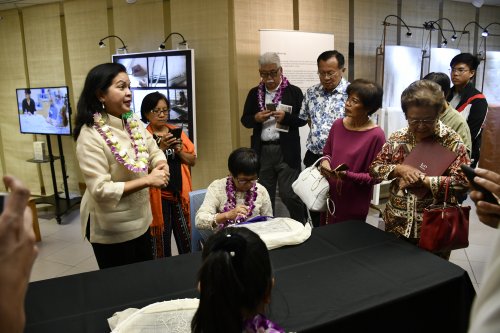
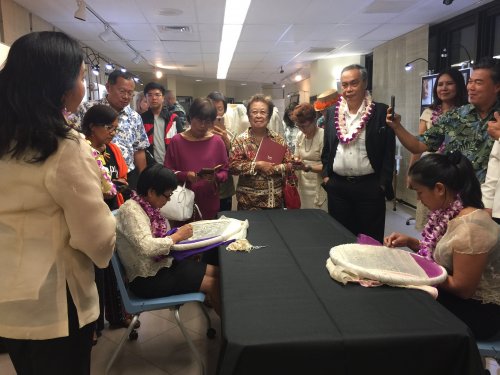
Photos show Assistant Director of the National Museum of the Philippines Dr. Ana Maria Theresa P. Labrador briefing guests during the embroidery demonstration
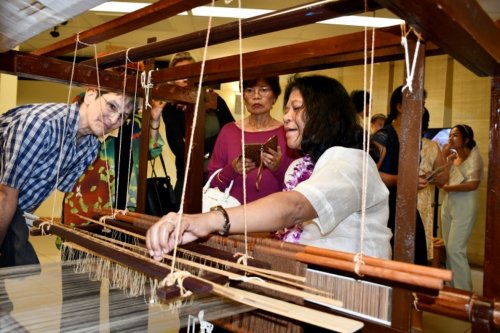
A weaver proudly demonstrates how the piña-ceda cloth is made
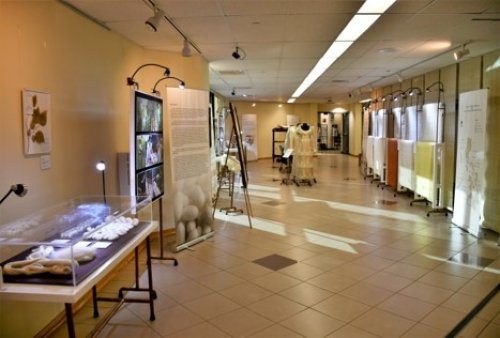
A view of the exhibit at the Bridge Gallery of the Hamilton Library, University of Hawaii at Manoa
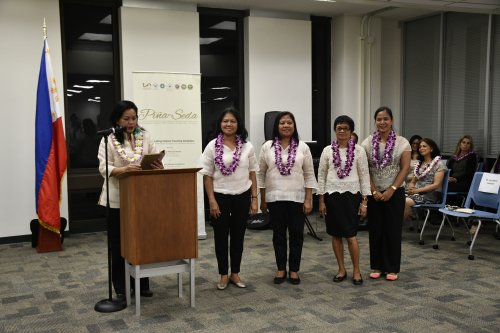
Assistant Director Labrador introduces the weavers and embroiderers from Kalibo, Aklan and Lumban, Laguna
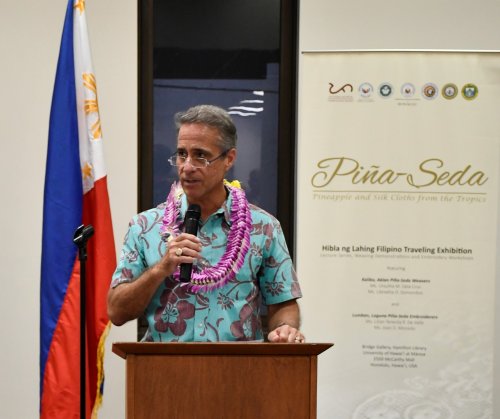
University of Hawaii Vice Chancellor Michael Bruno
The officers and staff of the Philippine Consulate General in Honolulu with the officials of the National Museum and the weavers and embroiderers from the Philippines

